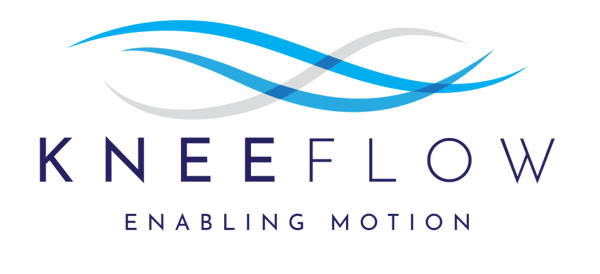
Are Knee Massagers Advantageous for Osgood Schlatters Disease?
Zee SkdrShare
Life is extremely unpredictable, you never know what can happen the very next moment. The same goes for our health; we can be absolutely fine today and the next day we might develop some sort of pain or inflammation in any part of our body.
For example, take the case of Osgood Schlatters disease, it is a condition that generally affects young athletes and children who are going through puberty. In this condition, one experiences pain and inflammation in the knees due to overuse or strain.
Osgood, Not Good!
But before getting into details let's see what Osgood, which is not good, is exactly what.
Osgood-Schlatter disease is a condition characterized by pain in the knee. It occurs when the tendon from the kneecap becomes inflamed and attaches to the shinbone. This typically affects growing adolescents but can occur in people of any age.
Osgood Schlatters Disease is most frequent during growth spurts because bones, muscles, tendons and other structures are changing rapidly. Additionally, less energetic adolescents may suffer from this issue. Athletics increase the risk factor for this condition, especially running and jumping sports; but any physical activity that puts additional stress on bones and muscles can cause it.
Most cases of Osgood-Schlatter disease can be reduced with simple treatments such as rest, ice, over-the-counter medicine, and stretching and strengthening exercises. However, Knee massagers are also helpful in reducing pain and inflammation.
Signs of Osgood Schlatters Disease?
Running, jumping, and other sports-related activities can produce unpleasant symptoms. Both knees might have symptoms in some circumstances, but one knee may be more painful than the other. Let's check out the common symptoms:
- Knee pain that gets worse with activity
- Tenderness or swelling around the kneecap
- Pain when touching or moving the kneecap
- Stiffness in the knee, particularly after activity
- Crunching or grinding sensation when moving the knee
The pain intensity someone experiences during growth spurts can differ. For some, it's only moderate and fades when they stop the activity. However, others feel constant pain that makes everyday movement a challenge. This anguish could last anywhere from several weeks to years but typically goes away once the adolescent growth spurt is complete.

Are you Under Menace?
Osgood-Schlatter disease is most frequently seen in children who often play sports that put stress on the knee, such as:
- Basketball
- Soccer
- Gymnastics
- Tennis
It can also be seen in children who are going through a growth spurt. The condition is seen more often in boys than in girls.
What Happens?
During activities, the patellar tendon (the tendon that attaches the kneecap to the shinbone) pulls on the tibial tubercle (a bony bump on the front of the shinbone). Repeated stress, can cause the tibial tubercle to become irritated and inflamed. The resulting inflammation can lead to pain and swelling around the knee. In some cases, a bone spur may develop on the tibial tubercle.
Is a Knee Massager beneficial for Osgood-Schlatters Syndrome?
Well, if you are one of those people who have tried almost everything to get rid of the pain but nothing seems to be working, then knee massagers might be a good option for you. Knee massagers can help in reducing pain and inflammation by improving blood circulation and providing heat therapy. Heat therapy helps in relaxing the muscles and reducing stiffness.
This helps the joints to move more freely and also reduces the risk of further injury. Knee massagers are a great way to reduce pain and inflammation without taking any medication. If you are someone who is looking for a natural way to treat Osgood Schlatters Disease, then knee massagers are definitely worth a try!
Did you know about Strickland Protocol?
The Strickland Protocol is a set of exercises specifically designed to stretch the muscles and tendons around the knee. It is often used in combination with other treatments such as icing, rest, and pain relief medication. The protocol consists of four different exercises that should be done three times per day.
1. Knee Bends:
Stand with your feet shoulder-width apart and bend your knees, lowering your hips until your thighs are parallel to the ground. Bear for 30 seconds, then straighten your legs and recount.
2. Hamstring Stretch:
Place your heel on a stool or chair in front of you and keep your leg straight, lean forward until you feel a stretch in the back of your thigh. Alternate legs for 30 seconds, then recount with the other leg.
3. Calf Stretch:
Place your hands on a wall and step back with one leg, keeping the heel of your back leg on the ground and your front leg straight. Lean forward until you feel a stretch in your calf muscle, hold for 30 seconds, then repeat with the other leg.
4. Quadriceps Stretch:
Stand with your feet hip-width apart and grab your ankle from behind, pull your heel up towards your buttock until you feel a stretch in the front of your thigh. Hold the stretch for 30 beats, then recount with your other leg.
